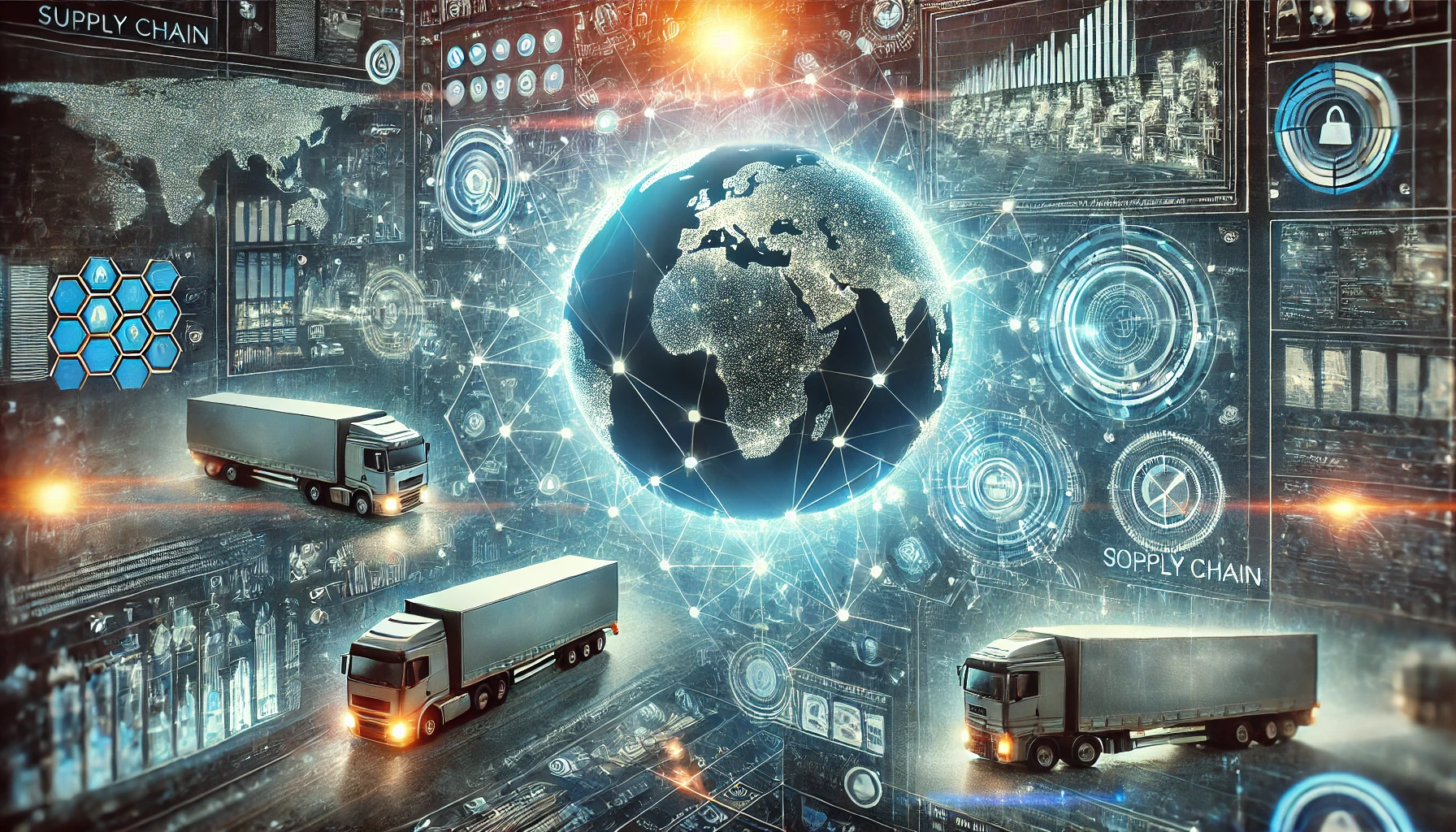In the modern business environment, supply chain management (SCM) is the backbone of efficiency, resilience, and profitability. However, the increasing complexity of global supply chains, combined with fluctuating market demands and unpredictable disruptions, has made traditional approaches less effective. Enter Generative AI (Gen AI) — an innovative technology poised to transform SCM by offering predictive insights, optimizing processes, and enabling more agile decision-making. This blog explores the role of Gen AI in supply chain management, providing real-world examples to illustrate its transformative potential.
What is Generative AI in the Context of Supply Chains?
Generative AI refers to AI systems capable of creating content, predictions, or simulations based on existing data. Unlike traditional predictive analytics, Gen AI leverages advanced algorithms like transformers and deep learning models to deliver insights, simulate scenarios, and even automate decision-making processes.
In supply chain contexts, this means Gen AI can:
- Forecast Demand Accurately: Create models predicting consumer needs.
- Optimize Logistics: Design more efficient shipping routes.
- Simulate Scenarios: Identify risks and test solutions before implementation.
Key Applications of Generative AI in Supply Chain Management
- Demand Forecasting and Inventory Optimization
Demand forecasting has long relied on historical sales data and market trends. However, disruptions such as the COVID-19 pandemic highlighted the limitations of static models.
How Gen AI Helps:
- Analyzing diverse datasets, including market trends, weather patterns, and even social media sentiment, to improve demand forecasts.
- Suggesting optimal inventory levels to avoid overstocking or understocking.
Example:
A retail giant like Walmart could use Gen AI to predict demand for seasonal products like winter clothing by analyzing weather forecasts, past trends, and real-time sales data. This enables better stock allocation, reducing losses from excess inventory or missed sales opportunities.
- Real-Time Supply Chain Visibility
Lack of transparency often leads to inefficiencies in supply chains. Traditional tracking systems struggle to provide real-time insights across complex networks.
How Gen AI Helps:
- Integrating data from IoT sensors, RFID tags, and supplier networks to create a comprehensive, real-time view of the supply chain.
- Proactively identifying potential bottlenecks or delays and suggesting contingency plans.
Example:
Companies like DHL leverage AI-powered systems to monitor shipment locations, optimize delivery schedules, and alert stakeholders of potential delays. By integrating Gen AI, DHL can simulate alternative logistics routes, ensuring timely delivery despite disruptions.
- Scenario Planning and Risk Mitigation
Modern supply chains are vulnerable to disruptions ranging from geopolitical tensions to natural disasters. Traditional risk management often fails to predict or adapt to such crises.
How Gen AI Helps:
- Simulating multiple “what-if” scenarios to assess risks under various conditions.
- Providing actionable recommendations for mitigating potential disruptions.
Example:
During the semiconductor shortage, companies like Ford could use Gen AI to simulate alternative sourcing strategies, balancing lead times and costs. By analyzing global supplier data, the AI could suggest viable partnerships with lesser-known but reliable suppliers.
- Supplier Relationship Management
Maintaining strong relationships with suppliers is critical for smooth operations. However, evaluating supplier performance and predicting risks often requires manual effort.
How Gen AI Helps:
- Assessing supplier performance using historical data and external indicators like financial health or market reputation.
- Predicting potential risks with suppliers and suggesting alternatives.
Example:
A company like Apple could leverage Gen AI to continuously evaluate the reliability of its component suppliers. By analyzing financial reports and external market data, the system might flag a supplier with potential cash flow issues, prompting Apple to explore backup options.
- Sustainability and Ethical Compliance
Consumers and regulators increasingly demand sustainable and ethically compliant supply chains. Meeting these expectations requires comprehensive monitoring and reporting capabilities.
How Gen AI Helps:
- Mapping entire supply chains to identify areas with high environmental impact or ethical concerns.
- Simulating sustainable alternatives, such as eco-friendly materials or reduced transportation emissions.
Example:
Fashion brands like H&M could use Gen AI to assess the carbon footprint of their supply chains and simulate greener logistics options. For instance, shipping by rail instead of air for certain routes could significantly reduce emissions.
Challenges and Considerations in Implementing Gen AI
While the benefits are substantial, businesses must address several challenges when adopting Gen AI in supply chain management:
- Data Quality: AI models require clean, accurate data from multiple sources. Poor data quality can undermine effectiveness.
- Integration: Gen AI tools must seamlessly integrate with existing systems like ERP or CRM platforms.
- Cost: Implementing Gen AI can require significant upfront investment in technology and talent.
- Ethical Concerns: Over-reliance on AI might lead to issues such as biased decision-making or lack of human oversight.
Companies can overcome these challenges by adopting a phased implementation strategy, starting with pilot projects and scaling up gradually.
The Future of Gen AI in Generative AI in Supply Chain Management
The potential of Generative AI in SCM goes beyond optimization and transparency. Future developments could include:
- Hyper-Personalized Logistics: Tailoring shipping methods to individual customer preferences.
- Autonomous Supply Chains: Combining Gen AI with robotics for end-to-end automation.
- Dynamic Contracting: Automating contract negotiations and adjustments based on real-time conditions.
As businesses embrace digital transformation, Gen AI will play a pivotal role in making supply chains more agile, resilient, and customer-focused.
Conclusion
Generative AI is no longer a futuristic concept—it’s a game-changer for supply chain management today. By improving forecasting accuracy, enhancing real-time visibility, and enabling advanced risk mitigation, Gen AI empowers businesses to stay competitive in an increasingly volatile market. Companies like Walmart, DHL, Ford, and Apple are already reaping the benefits of this technology, showcasing its immense potential across industries. However, businesses must address challenges like data quality and ethical concerns to unlock the full value of Gen AI. As we look ahead, Generative AI promises to redefine supply chains, turning them into smarter, more efficient, and more sustainable ecosystems.

